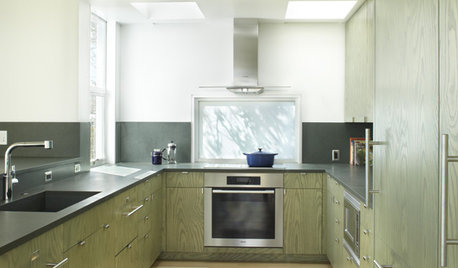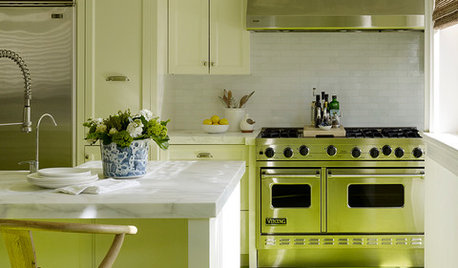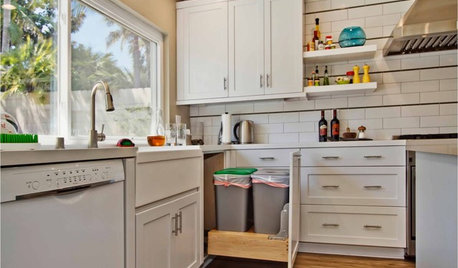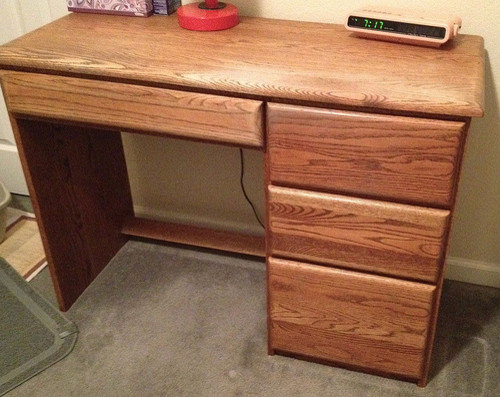Gel stain or regular stain for desk?
Bunny
10 years ago
Featured Answer
Sort by:Oldest
Comments (20)
sombreuil_mongrel
10 years agoBunny
10 years agoRelated Professionals
Bonita Cabinets & Cabinetry · Addison Carpenters · Escondido Carpenters · Merced Carpenters · Mission Viejo Carpenters · The Hammocks Carpenters · Anaheim Flooring Contractors · Lexington Flooring Contractors · Pflugerville Flooring Contractors · Shoreline Flooring Contractors · St. Johns Flooring Contractors · Englewood Furniture & Accessories · Stuart Furniture & Accessories · Crofton Furniture & Accessories · Fort Carson Furniture & Accessorieslazy_gardens
10 years agoUser
10 years agoBunny
10 years agolazy_gardens
10 years agobobismyuncle
10 years agoBunny
10 years agolazy_gardens
10 years agoBunny
10 years agoBunny
10 years agobobismyuncle
10 years agoBunny
10 years agoUser
10 years agoBunny
10 years agoBunny
10 years agoBunny
10 years agoRocksAndRoses
9 years agoBunny
9 years ago
Related Stories

HOUSEKEEPINGHow to Clean Grout — Stains and All
If your grout is grossing you out, this deep-cleaning method will help it look new again
Full Story
HOUSEKEEPINGDon't Touch Another Stain Before You Read This
Even an innocent swipe with water may cause permanent damage. Here's what to know about how rugs and fabrics react
Full Story
KITCHEN CABINETSKitchen Cabinet Color: Should You Paint or Stain?
Learn about durability, looks, cost and more for wooden cabinet finishes to make the right choice for your kitchen
Full Story
HOUSEKEEPINGHow to Clean and Care for Your Mattress
See what the experts recommend to protect your mattress from dust, moisture and stains
Full Story
REMODELING GUIDESPro Finishing Secret: Aniline Dye for Wood
Deeper and richer than any stain, aniline dye gives wood stunningly deep color and a long-lasting finish
Full Story
KITCHEN DESIGNEye-Catching Colors for Your Kitchen Floor
Revitalize a tired wooden floor with a paint or stain in an unexpected color
Full Story
KITCHEN COUNTERTOPS7 Low-Maintenance Countertops for Your Dream Kitchen
Fingerprints, stains, resealing requirements ... who needs ’em? These countertop materials look great with little effort
Full Story
GREAT HOME PROJECTSHow to Refinish a Wood Deck
Keep your deck looking its best — and save feet from splinters — by applying a new stain and sealant every year or so
Full Story
HOUSEKEEPINGTackle Big Messes Better With a Sparkling-Clean Dishwasher
You might think it’s self-cleaning, but your dishwasher needs regular upkeep to keep it working hard for you
Full Story
DECLUTTERING9 Exit Strategies for Your Clutter
How to efficiently — and regularly — rid your home of the things you don’t want
Full Story










BunnyOriginal Author